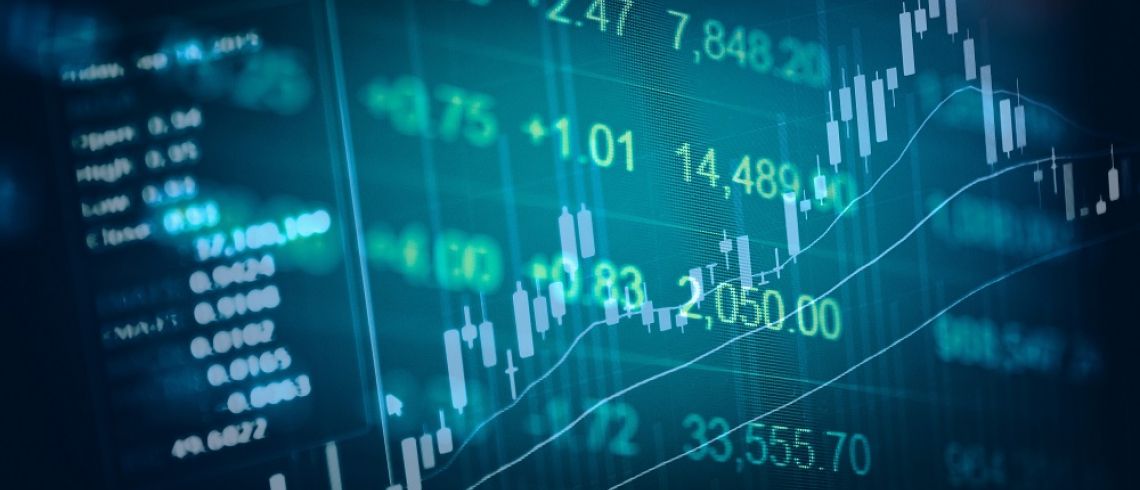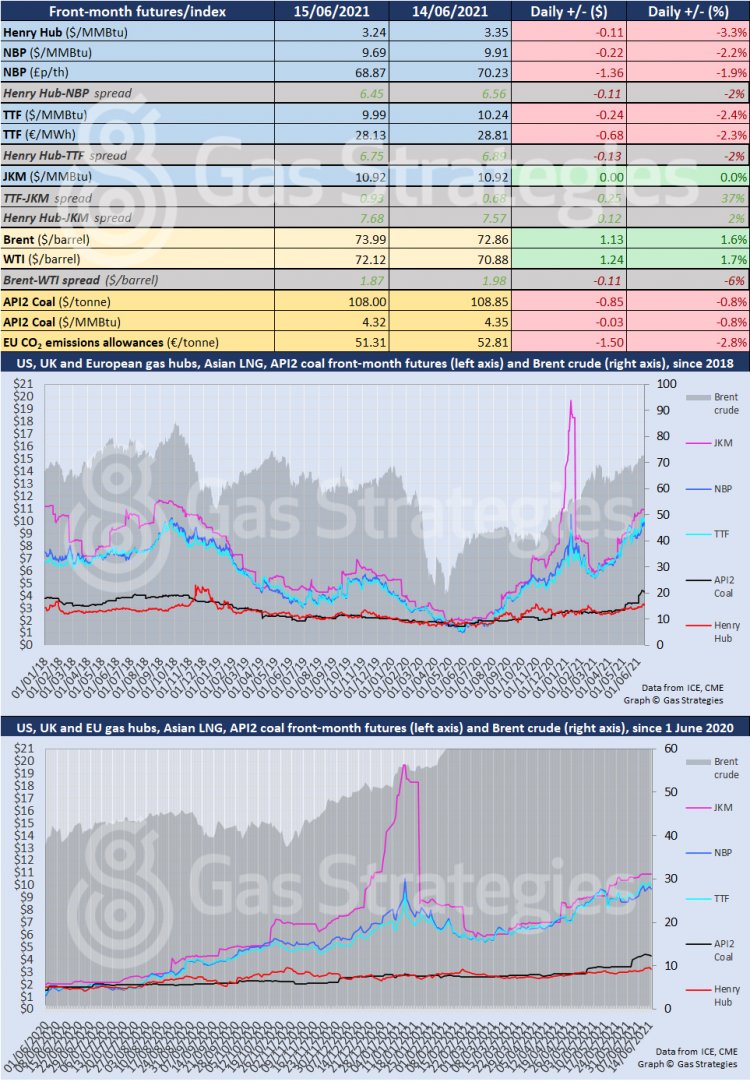Crude prices hit fresh multi-year highs on Tuesday amid indications of improving demand, with executives at some of the world’s largest trading houses this week suggesting that crude prices could hit USD 100/barrel due to a lack of investment in new supplies before demand has peaked.
The front-month Brent contract made it six days of gains on Tuesday, with Brent settling at USD 73.99/barrel – its highest close since April 2019. As for WTI, it brushed off a minor loss on Monday after rallying by 1.7% on Tuesday to close at USD 72.12/barrel – its highest close since October 2018.
Crude prices have been rallying on expectations of a recovery in global demand during the second half of the year. The American Petroleum Institute added to the bullish demand sentiment on Tuesday after reporting a draw of 8.5 million barrels from US oil storage for the week ending 11 June. The draw down was much larger than the 3.2 million barrels withdrawal that analysts had expected.
With crude demand recovering, OPEC announced in late May that it expects demand to outstrip supply by the end of 2021.
On Tuesday, executives from leading trading houses Vitol, Glencore and Trafigura told the FT Commodities Global Summit that USD 100/barrel oil was a real possibility due to a lack of investment in new supply whilst demand has not yet peaked.
Whilst oil prices rallied, gas prices in Europe and the US dipped.
US gas benchmark Henry Hub, which hit an eight-month high on Monday, fell by 3.3% on Tuesday to settle at USD 3.24/MMBtu.
Across the pond, the front-month TTF and NBP contracts fell by over 2%, with the Dutch marker settling below USD 10/MMBtu. The price slump was pinned on a sell off after some participants overbought on Monday.
The decline in gas and coal prices in Europe – with the API2 contract dipping by 0.8% – dragged the European carbon price lower, with the front-month contract falling by 2.8% to settle at EUR 51.31/tonne – its lowest close since 7 June.
As for Asian LNG marker JKM, the front-month contract recorded a minor gain.
Front-month futures and indexes at last close with day-on-day changes (click to enlarge):
Time references based on London GMT. Brent, WTI, NBP, TTF and EU CO2 data from ICE. Henry Hub, JKM and API2 data from CME. Prices in USD/MMBtu based on exchange rates at last market close. All monetary values rounded to nearest whole cent/penny. Text and graphic copyright © Gas Strategies, all rights.
Subscription Benefits
Our three titles – LNG Business Review, Gas Matters and Gas Matters Today – tackle the biggest questions on global developments and major industry trends through a mixture of news, profiles and analysis.
LNG Business Review
LNG Business Review seeks to discover new truths about today’s LNG industry. It strives to widen market players’ scope of reference by actively engaging with events, offering new perspectives while challenging existing ones, and never shying away from being a platform for debate.
Gas Matters
Gas Matters digs deep into the stories of today, keeping the challenges of tomorrow in its sights. Weekly features and interviews, informed by unrivalled in-house expertise, offer a fresh perspective on events as well as thoughtful, intelligent analysis that dares to challenge the status quo.
Gas Matters Today
Gas Matters Today cuts through the bluster of online news and views to offer trustworthy, informed perspectives on major events shaping the gas and LNG industries. This daily news service provides unparalleled insight by drawing on the collective knowledge of in-house reporters, specialist contributors and extensive archive to go beyond the headlines, making it essential reading for gas industry professionals.






